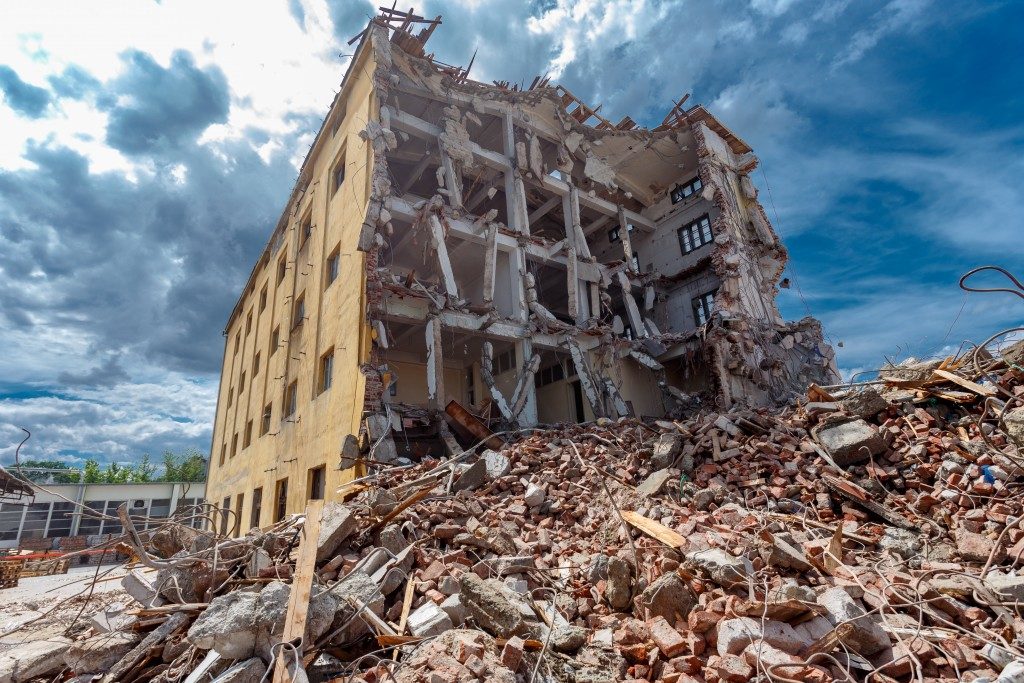There are different types of waste in the construction sector. Regardless of your project in this industry, you are bound to generate a sizable amount of waste. Most companies will opt to handle their waste to cut back on the costs associated with its professional management. More often than not, this option will only increase the costs of your project and might attract legal penalties owing to the illegal disposal of the waste.
There are different methods and specific equipment used for demolition rubbish removal and its disposal in Sydney. Buying and maintaining these types of equipment and disposing of your rubbish is generally an uphill task, regardless of the size of your construction company and project. The following are the techniques used for the disposal of solid construction waste:
Sanitary Landfills
These are simple, effective, and cheap waste disposal solutions in which a deep trench of about 3 to 5 meters is excavated then filled with the solid waste from your construction in layers. These layers are then compacted using various equipment and left to settle. Sanitary landfilling is generally used for biodegradable construction materials, including earth, rocks, wood, bamboo, sun-dried bricks, cement paint, fly ash, particle boards, and Portland slag cement.
Incineration
This method is used for the combustible waste from your construction, demolition, or renovation site. The waste is burnt in special incinerators comprising a primary and secondary chamber. The primary chamber facilitates the rapid desiccation of moist waste, while the secondary one is meant for the burning of waste at temperatures not less than 700 degrees Celsius. In modern incinerators, the burnt solid waste is used to generate energy for other industrial applications. Incineration will quickly reduce the volume of your waste and decrease its transportation costs while reducing the emission of harmful gases through the use of different control devices.
Recycling and Reusing

Most of the waste your demolition will generate can be reused in your construction with no need for processing. The concrete, for instance, can be used for compacting your floors and foundation either as large particles or fine sand. Some types of waste can also be recycled on site before they are used for a part of your construction. With the right waste management company, reusing and recycling various types of waste in your site minimise your project’s cost and the transportation and disposal expenses of your waste.
Hazardous Waste Landfills
These are used for all the products from your construction site that contain recognised dangerous elements. Lead, PCBs, asbestos, mercury, mould, and treated wood are some of the common hazardous materials used in the construction sector. Hazardous waste landfills have a double-liner, leak detection technology, and runoff control system to negate the risk of contamination of bodies of water and the environment as a whole. The handling and transportation of waste containing hazardous materials are also regulated to ensure that it has minimal impact on the environment and human life.
You should designate waste storage areas on your site and ensure the waste is segregated. These steps will play a significant role in your site’s solid waste management. Moreover, they will reduce the costs of the professional waste management techniques mentioned above since they will negate the sorting process of waste management.

